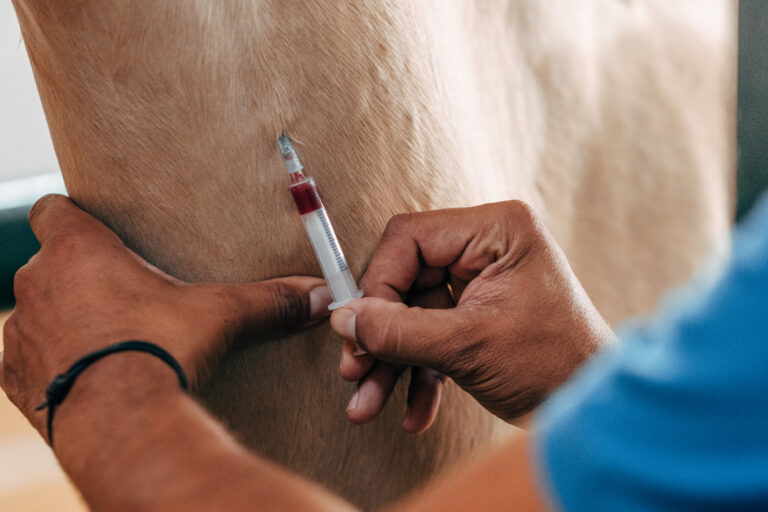
According to Sue Dyson, MA, VetMB, PhD, DECVSMR, FRCVS, “We are conditioned that many horse behaviors are normal, but they are not. We need to appreciate that what we call ‘naughty horses’ are actually those in pain, and that with resolution of pain, ridden horse behavior will improve, as well as their performance.”
This key message was driven home during Dyson’s presentation at the 2020 Virtual Annual Convention of the American Association of Equine Practitioners. Dyson, from Market Weston in the United Kingdom, then described her recently developed “ridden horse pain ethogram” or RHpE to help practitioners recognize even the most subtle lameness cases.
“Many horses appear sound in hand but have pain-related musculoskeletal problems when ridden,” she explained. “That pain can manifest as behavior issues that are often mistakenly labelled as training-related or even dismissed by saying, ‘That is how he’s always gone.’ ”
Using Dyson’s RHpE, however, could reveal that a great many of those behaviors could indeed be related to treatable musculoskeletal pain.
“An ethogram simply refers to a series of named behaviors, each with specific definitions,” Dyson explained. “To create our RHpE, we identified 117 different behaviors and compared them between lame and non-lame horses. Of those, we identified 24 behaviors, the majority of which were at least 10 times more likely to be observed in lame horses.”
Those 24 behaviors could be broken down into four main categories when assessing horses:
1. Facial markers such as repeated head tilting, ears rotated back behind vertical or lying flat for >5 seconds, eyelids closed or half closed from 2-5 seconds, and sclera exposed repeatedly.
2. Body markers, including tail clamped tightly to the middle or held to one side and tail swishing.
3. Gait markers involving a rushed gait or moving too slow (i.e., <35 trot steps/15 seconds) and spontaneous changes in gait.
4. Miscellaneous markers. Horses can show a reluctance to move forward, stopping spontaneously, and exhibit bucking or rearing.
The RHpE was validated in 24 lame and 13 non-lame horses examined blindly. Dyson and colleagues found a significant difference in the number of behaviors of the RHpE between lame and non-lame horses. Specifically, non-lame horses exhibited a maximum of six of the 24 behaviors (mean and median score 2), whereas lame horses exhibited maximum of 14 of the 24 behaviors (mean and median score 9) included in the RHpE.
“The presence of eight or more of the 24 behaviors is highly likely to reflect the presence of musculoskeletal pain in sport horses,” Dyson said, adding, “Some horses with a score of less than eight may also be lame.”
In addition to being useful in the RHpE’s creator’s hands, Dyson assures us that any veterinarian can reliably apply this RHpE in live horses, “with training and practice.” She does, however, warn practitioners that rider skill, rider size, tack fit, and even other sources of pain such as gastric ulcers have the potential to influence the RHpE scores.
“However, a good rider cannot conceal abnormal behavior, although different behaviors may be manifest than with a less skilled rider,” Dyson added.
When using the RHpE, Dyson recommended observing the horse in its full repertoire of movements, including multiple gaits and 10-meter circles to the left and right at the rising trot. Watch carefully for at least 5-10 minutes and use a stopwatch to accurately measure how long specific behaviors last and step frequency. Using a tick sheet will also improve the reliability of the RHpE in practice.
Dyson emphasized that the RHpE can be used by veterinarians to identify lameness, and it can be used:
- for owner education to help alert owners to the presence of a problem without evidence of overt lameness,
- in pre-purchase examinations,
- when assessing saddle fit, and
- to assess response to diagnostic anesthesia during a traditional lameness examination.
In other words, the RHpE is an incredibly powerful tool.
“Horse are trying to communicate, we just have to learn how to listen,” Dyson concluded.








